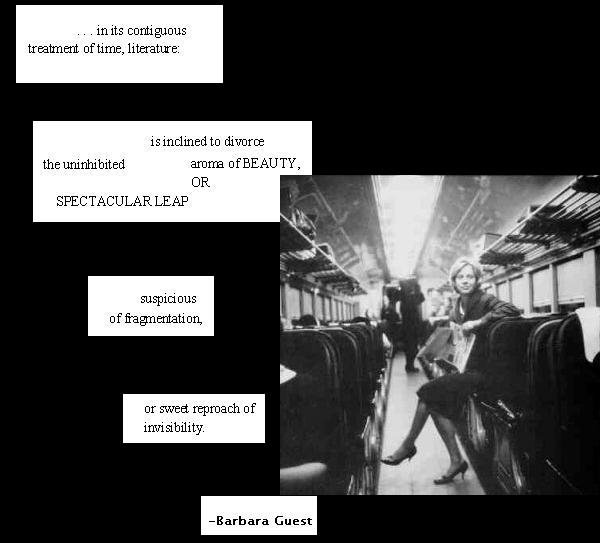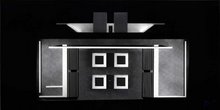Church of the Light by Tadao Ando

Thursday, May 10, 2007
What we can find in "Beyond the Wall of Sleep..."
So we are supposed to have a list of "things" that we notice in the poem we read in class on Thursday. So as many of us pointed out there is the repetitive nature of certain words, as well as certain ideas. First, which is probably most obvious would be the word perturbation, which is found a few times throughout the poem. I also notice that the question of "but why" is written twice, which in turn leads me to see that this question could be answered in the last two words of the second to last line, and the last line itself. "Why this; Edmund Spenser ate your favored prepuce before." Was this done on purpose. The questions finally leading up to an answer, which is hard for me to make sense of, but if done so then it is done in a very clever way. Also the word "missed" is said a few times. Although it might be just searching for something, I notice that in the first and second line the work "is" is placed, so that when you read the poem, the emphasis is placed upon this word, and then upon the word "one's" in the third line, which sounds somewhat similar to "is." Am I the only one that thinks this? Although for me this poem is hard to wrap my mind around, I enjoy the interest and spark that it has generated for me, and possibly others in the class. It makes me wonder, and therefore I can appreciate the work that is put into it.
Subscribe to:
Post Comments (Atom)


1 comment:
Sydney,
You've made a good start, pointing out various repetitions. Now, why is it that these particular words (e.g., "perturbation") get repeated? You've pointed out the words "one" and "it." What existential relationships can we find between these TWO words? As well, what can we find beyond repetitions? For example, what do y'all make of the fact that the line with the ellipses is square in the center? How many syllables do we have per line? Why is Spencer mentioned? Do we find any rhyme in the poem? If not, do find any musicality at all? If not, why not? If so, how specifically is that musically constructed? What do you make of the piece's visual elements? Do you find any conceits or themes? If so, what are they? Why? Do these share relationships? If so, what? If not, why not? Why is the poem a square?
One need not answer these questions in particular. I form these questions just as examples of the kinds of interrogations one may present when a poem shows a certain kind of seemingly insurmountable difficulty.
Post a Comment